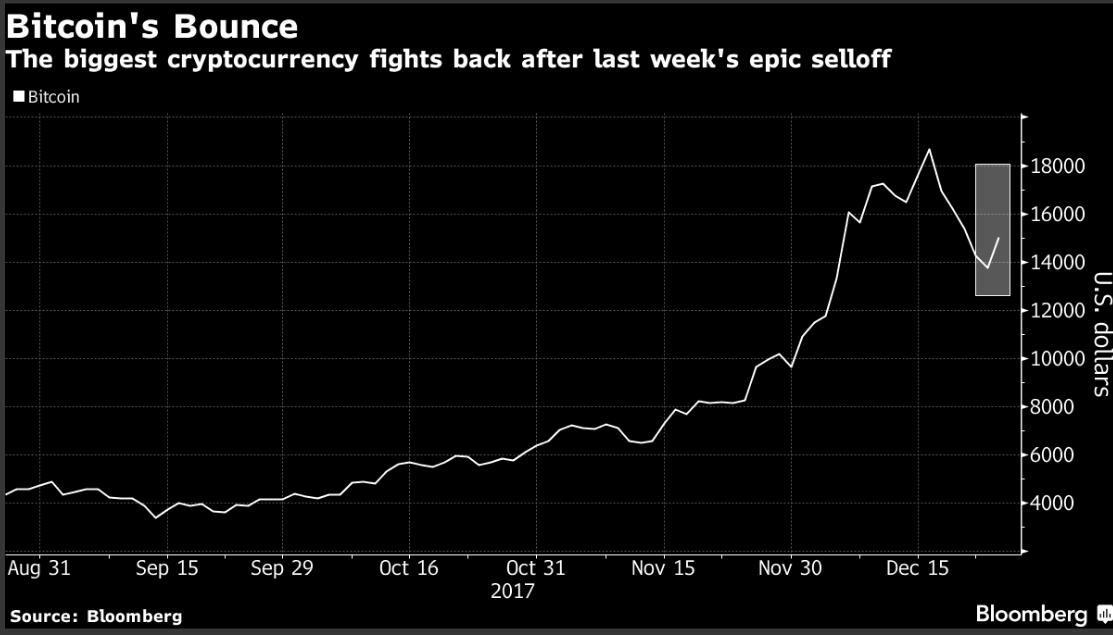In my last two articles I examined the detail behind the simultaneous plans of the Bank of England and the Federal Reserve to establish new payment systems. From the evidence at hand, the objective…
In my last two articles I examined the detail behind the simultaneous plans of the Bank of England and the Federal Reserve to establish new payment systems. From the evidence at hand, the objective of central banks has been to make their new systems compatible with distributed ledger technology (DLT) as a basis for introducing central bank digital currency to supersede physical money over the next decade.
As we will learn, the rhetoric from globalist institutions and figureheads on the subject of digital currency has developed significantly since the EU referendum and Donald Trump’s presidency.
But to begin with, it is worthwhile looking at some of the commentary from the central banking community prior to the onset of renewed political ‘nationalism.’
2015
A few days after the EU referendum bill passed through parliament, the Bank of England’s Chief Economist Andy Haldane delivered a speech which discussed negative interest rates on currency (referred to as the ‘zero lower bound‘). He brandished the idea of removing the lower bound by abolishing paper currency and issuing a government backed currency in electronic form which would be held in digital wallets. Such a move would ‘allow negative interest rates to be levied on currency easily and speedily.’
Haldane also remarked that the distributed ledger technology within Bitcoin ‘has real potential‘ before going on to say:
Work on central bank-issued digital currencies forms a core part of the bank’s current research agenda. Perhaps central bank money is ripe for its own great technological leap forward.
This generated some press coverage at the time, notably from the Financial Times who said converting paper currency into digital would ‘help the bank to manage inflation by enabling it to bypass the current constraint against lowering rates below zero.’
In November 2015, the Committee on Payments and Market Infrastructures issued a paper simply titled ‘Digital Currencies‘. The CPMI works through the Bank for International Settlements in that the BIS hosts the CPMI secretariat. The governing body presiding over the CPMI is the Global Economy Meeting, which is one of three bimonthly meetings held at the BIS. The CPMI is also a member of the Financial Stability Board, another association hosted at the BIS.
In the paper, the CPMI reflected on how the bulk of digital currencies such as Bitcoin are transferred via a distributed ledger:
This aspect can be viewed as the genuinely innovative element within digital currency schemes.
One option is to consider using the technology itself to issue digital currencies.
They concluded by recommending that ‘central banks could consider investigating the potential uses of distributed ledgers in payment systems or other types of FMI’s‘ (financial market infrastructures). This is something that central banks are now openly doing.
2016
As the UK was preparing for the upcoming EU referendum, the Bank of England’s Deputy Governor for Monetary Policy Ben Broadbent spoke at the London School of Economics in March (Central banks and digital currencies).
Source/More: How the Digital Currency Agenda has Grown Amidst Resurgent ‘Nationalism’ – Part One – Steven Guinness















